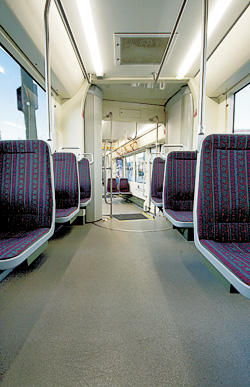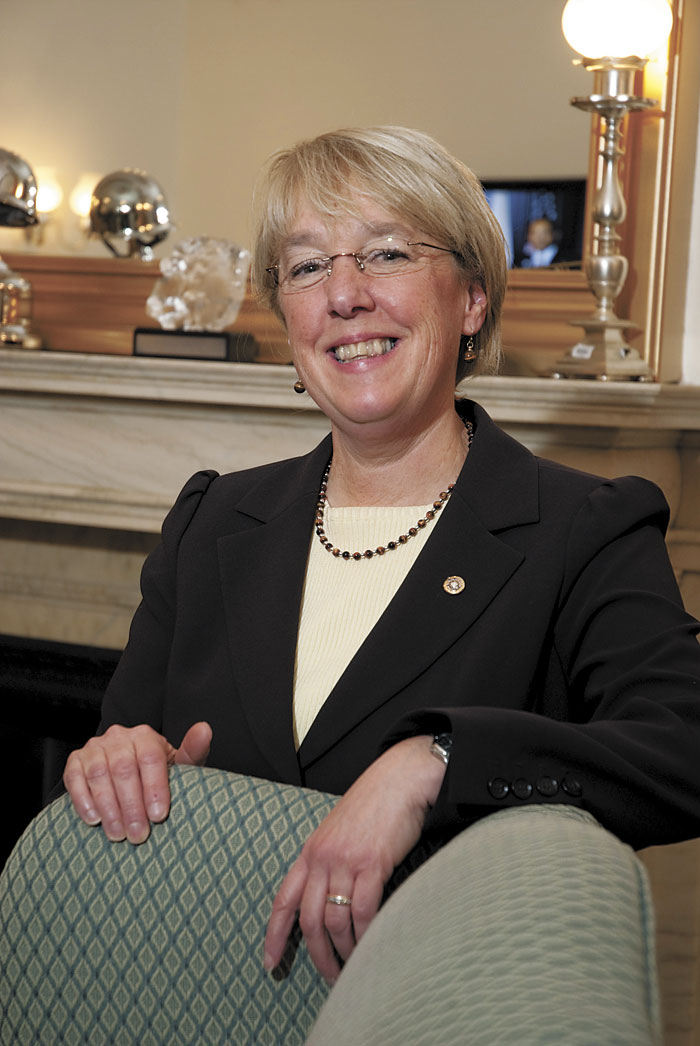Seattle’s new transit darling has a long way to go before she catches up to Portland’s successful streetcar. The Seattle Department of Transportation reports that the South Lake Union Streetcar totaled 78,325 free passengers in its inaugural month of December before plummeting to a paid ridership of 12,369 for the first half of January. SDOT spokesperson Rick Sheridan says such a dip was expected once riders had to pay; he says the streetcar is achieving the average the city predicted—about 950 riders daily. (Total weekday capacity for the S.L.U.T. is about 12,600.)
Portland’s streetcar, by comparison, averaged 5,000 riders every weekday during its inaugural summer in 2001. Vicky Diede, streetcar project manager for Portland’s Office of Transportation, says that number dipped once the novelty wore off—down to 3,700 daily in the fall of 2001. After that, however, she says ridership has continually increased, with the streetcar currently averaging 10,900 passengers per weekday.
Since it began as a 2.4-mile line (one way) that ran from Portland State University to the densely populated neighborhood surrounding Northwest 23rd Avenue, the streetcar has subsequently been extended three times and now travels a total of four miles to Portland’s burgeoning South Waterfront district. Meanwhile, the S.L.U.T.—aptly called “the lunch trolley” by one area business owner—is a 1.3-mile line that extends from Westlake Center to the smattering of condos and research-based businesses that line the banks south of Lake Union. Some council members already have designs on extending it. But while transit often drives development, it also needs to fulfill one primary requirement: to take people somewhere meaningful. Whether the S.L.U.T. will stand up to that test remains to be seen.






